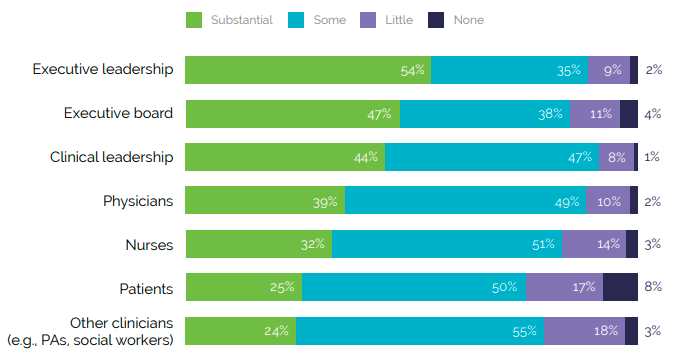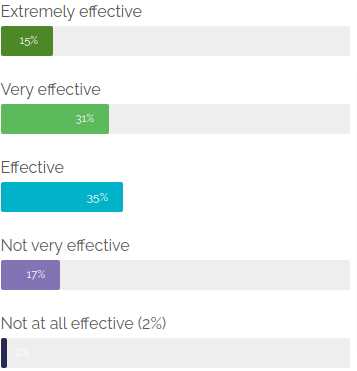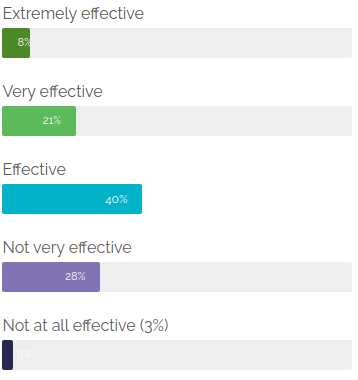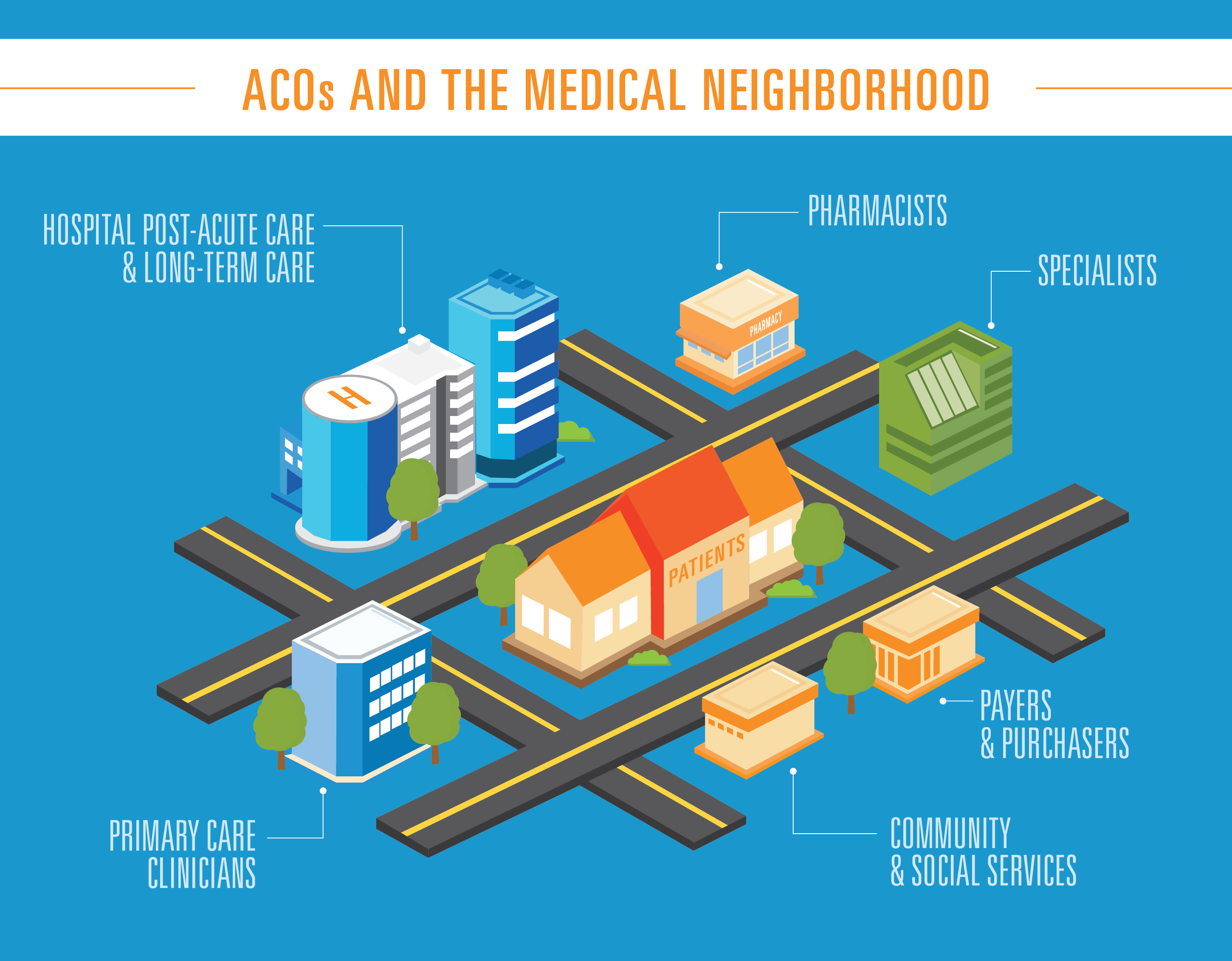
Why Service Recovery Is Key to Boosting Patient Engagement

Why service recovery is the missing ingredient
Healthcare organizations today are hungry for change, especially when it comes to putting the emphasis on patients and their needs — and giving clinical staff the tools to do it.
In 2019, NEJM Catalyst leadership surveyed more than 700 healthcare executives and clinicians. Subsequently, they found that while many facilities practice service recovery, nearly 40 percent of hospitals and health systems still aren’t headed in the right direction. The areas of biggest need? To summarize, patient and staff engagement, as well as executive and clinical leadership.
How Much Service Recovery Change Is Needed?

Where Can Service Recovery Help the Most?
Improving quality
and safety

Improving patient engagement and experience

Harvard Business Review: best practices for facilitating change at healthcare organizations
- Use data to engage employees (e.g. employee satisfaction surveys)
- Be curious why staff may oppose change (e.g. new trainings)
- Know what to reward (e.g. name an employee of the month)
Unlike before, many hospitals and health systems today are now using service recovery to shift the culture of their organizations. Although it was first practiced by the travel and tourism industry decades ago, the practice can be applied to the healthcare industry as well. Essentially, it just means stepping in to address an issue or concern in real time. Oftentimes, patients and their families who are dealing with a stressful situation only want to be heard, and service recovery is a way for providers to engage them directly while trying to meet their expectations.
Still, many providers don’t know where to start; they lack either the ability to identify customer service needs or they don’t have the right tools in place to make a difference in real time — or both. In either case, here’s how to start the feedback loop:
- Set a goal (e.g. increase patient satisfaction scores by 10%)
- Pick the right tools (e.g. Q Reviews)
- Commit to seeing it through (e.g. make it part of your business plan)
Quality Reviews®
With hospitals, today operating on narrow margins, losing even one patient over poor customer service is too much.
Complicating matters, most healthcare organizations still use traditional surveys to track and monitor patient satisfaction metrics, putting them at a huge disadvantage in terms of identifying service recovery opportunities.
We make it easy for patients to provide real-time feedback — and even easier for healthcare leaders to improve service based on this feedback. Our service recovery and daily performance improvement tools help shift the focus onto the patient and promote a culture of service excellence.
What We Do

Q-Reviews
Q-Reviews is our Real-time
Patient Feedback and
Service Recovery platform
for the outpatient setting.
Interested in learning more? Let’s talk.
Based in New York City, Quality Reviews®, Inc. was founded by leading healthcare providers and entrepreneurs with combined 30-plus years of clinical, healthcare administrative, and technology-building experience. Quality Reviews®, Inc. builds proprietary software to help healthcare provider organizations capture and analyze real-time patient feedback to facilitate service recovery.










